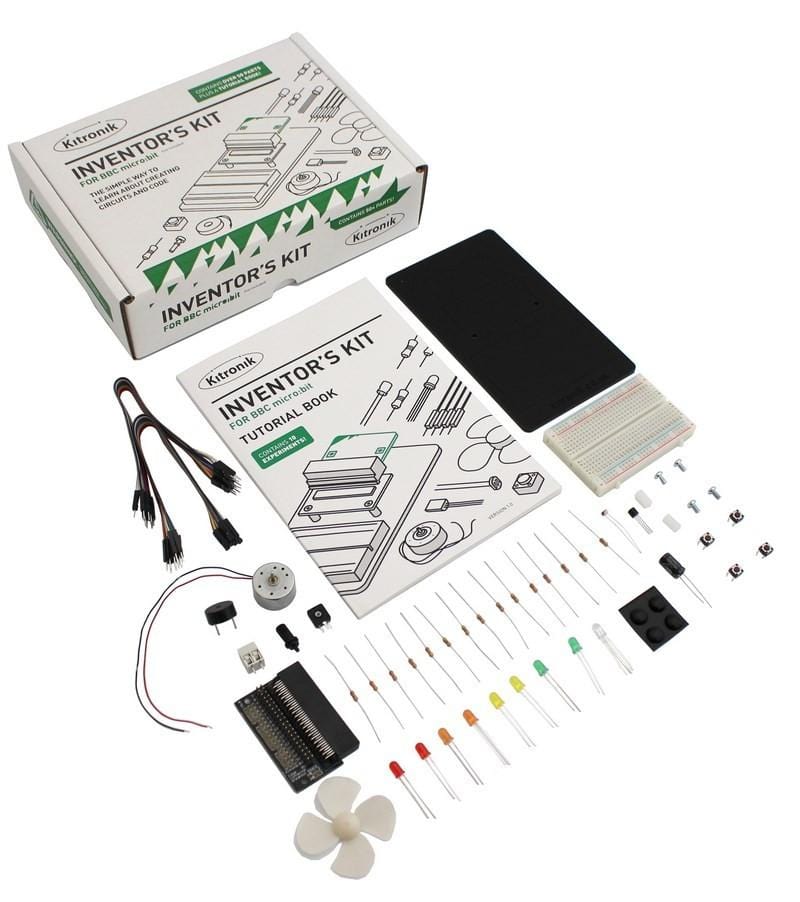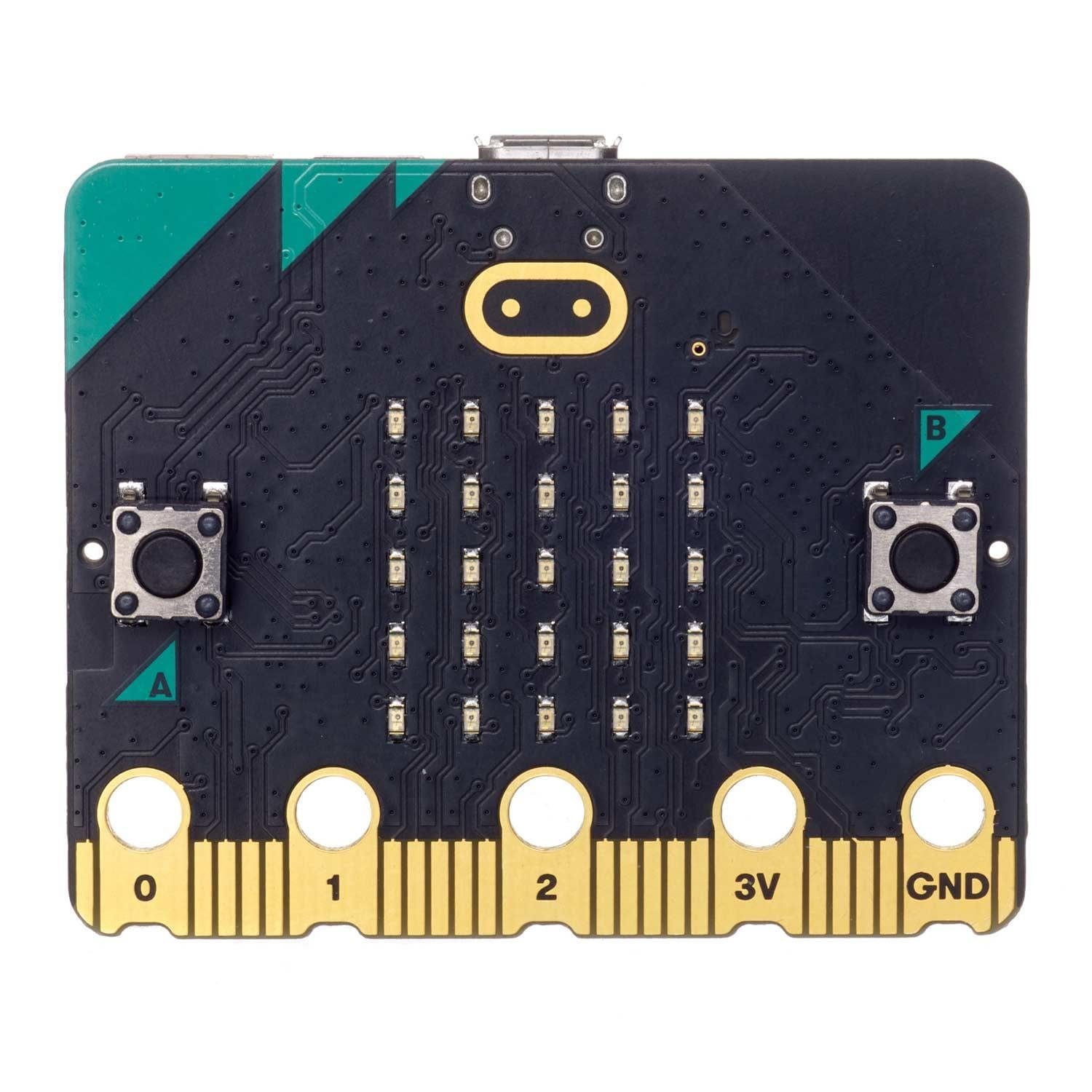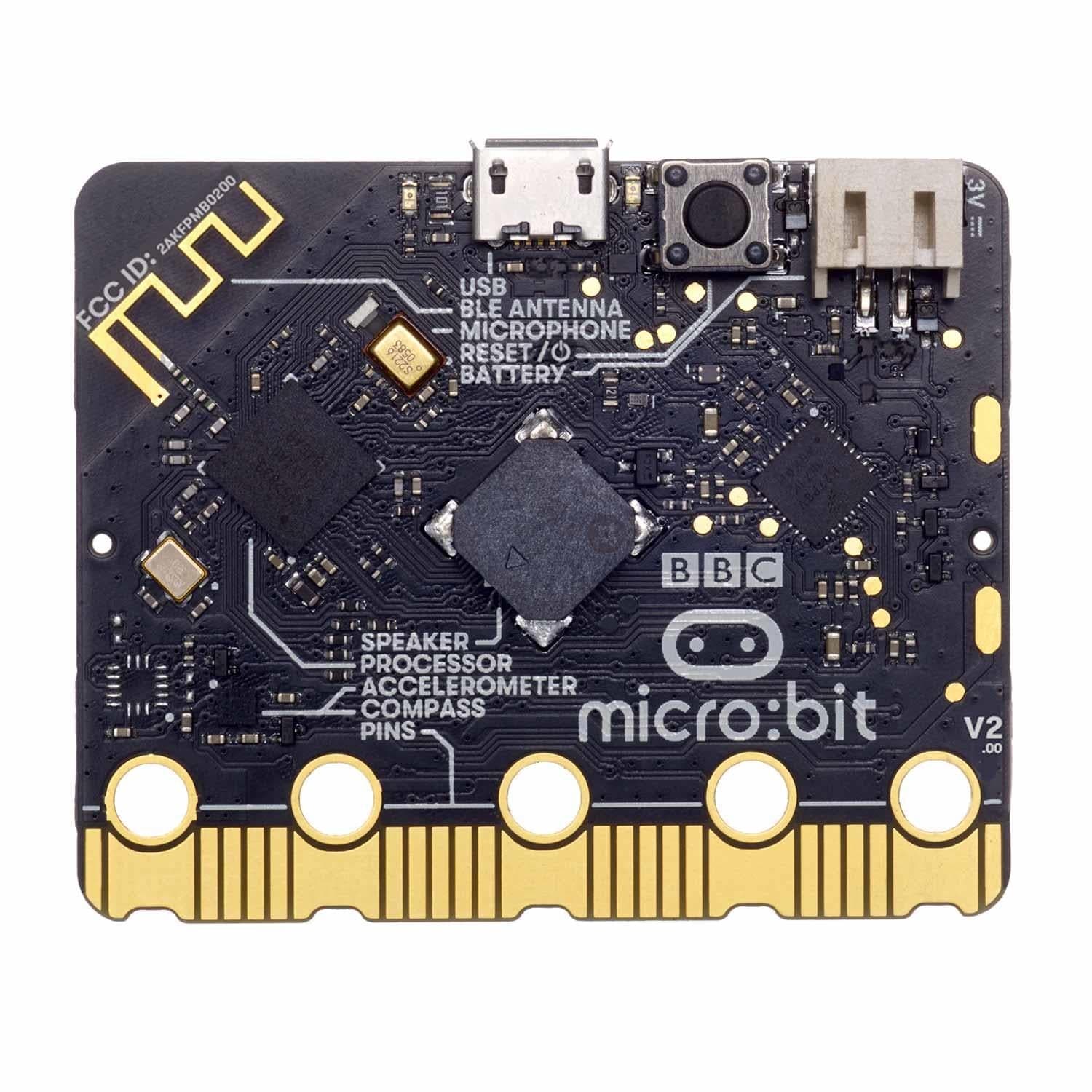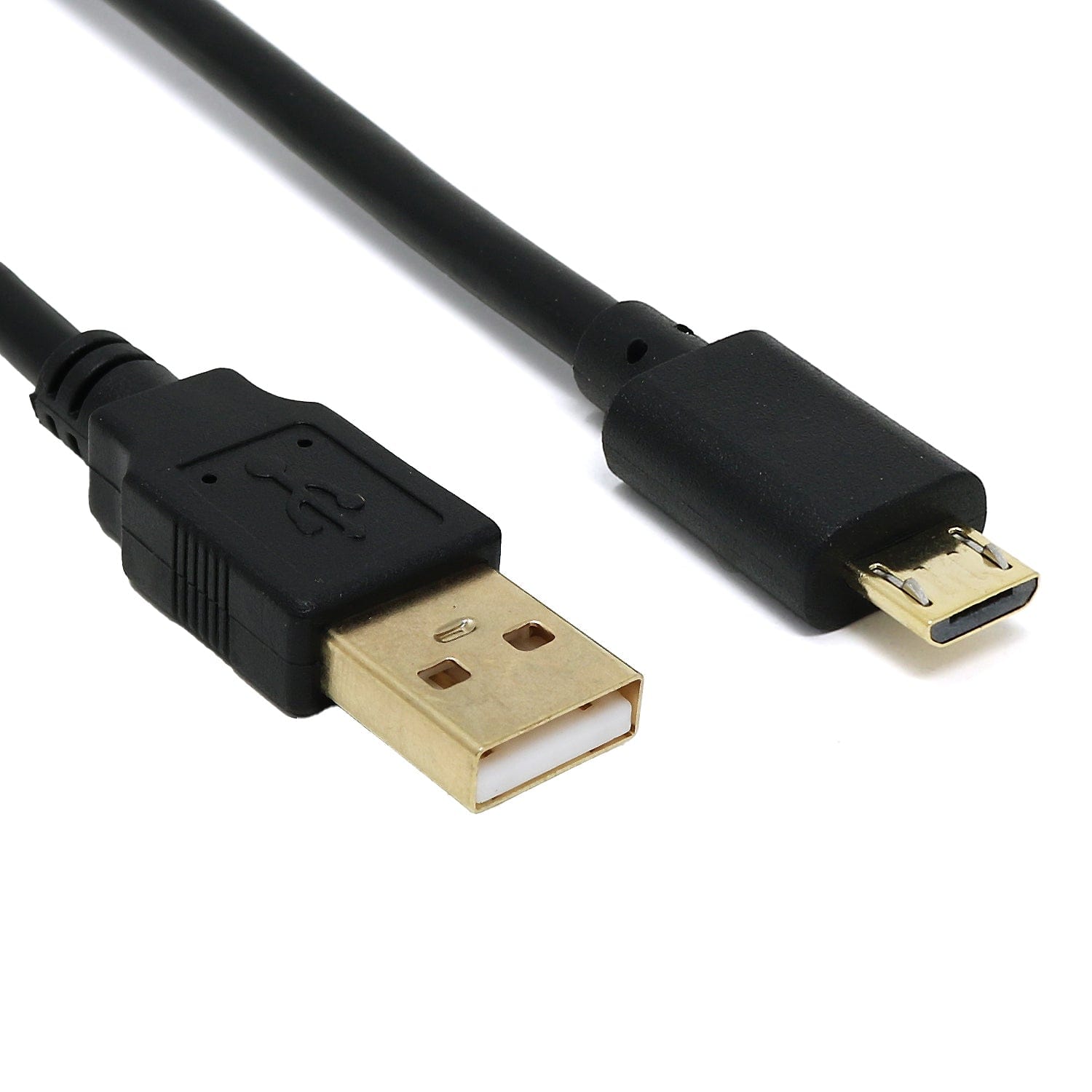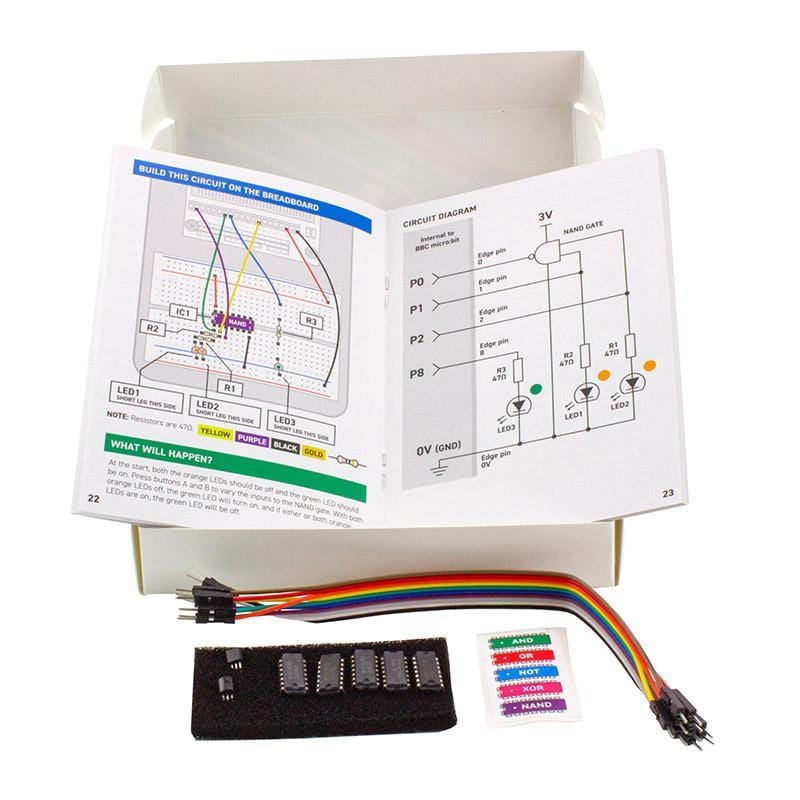
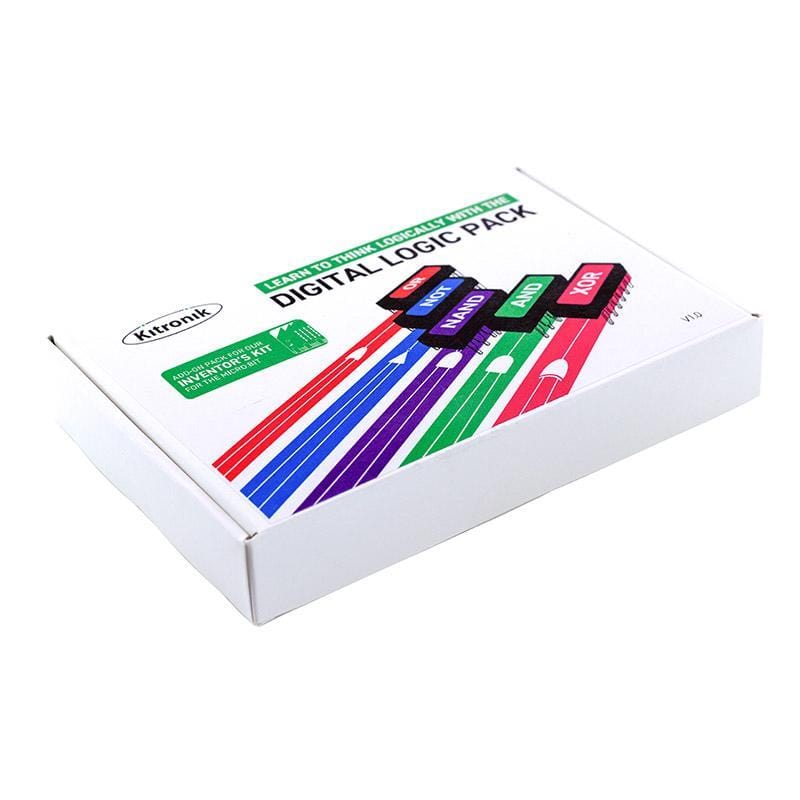
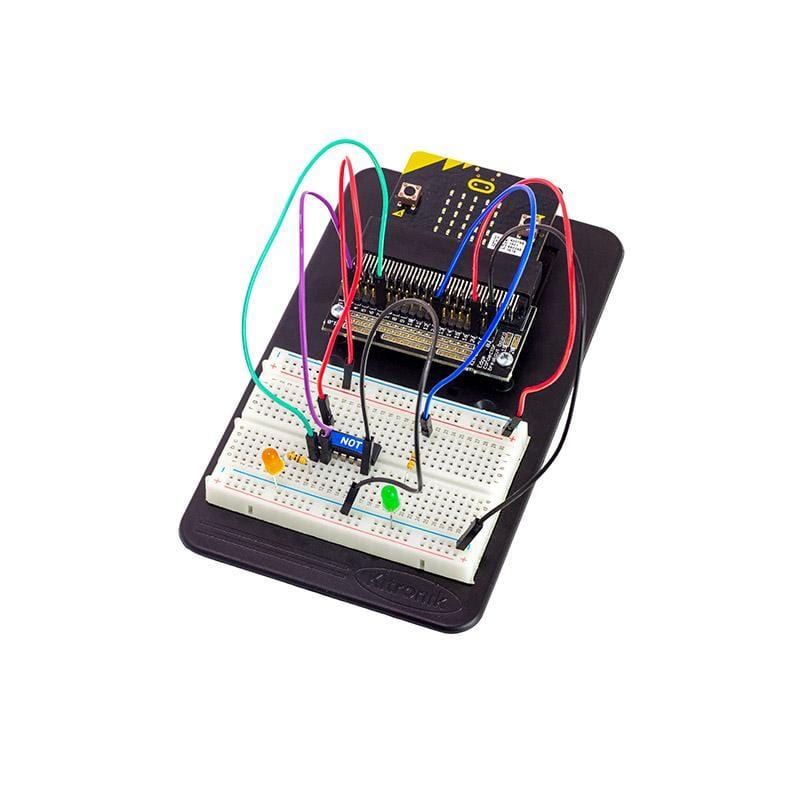
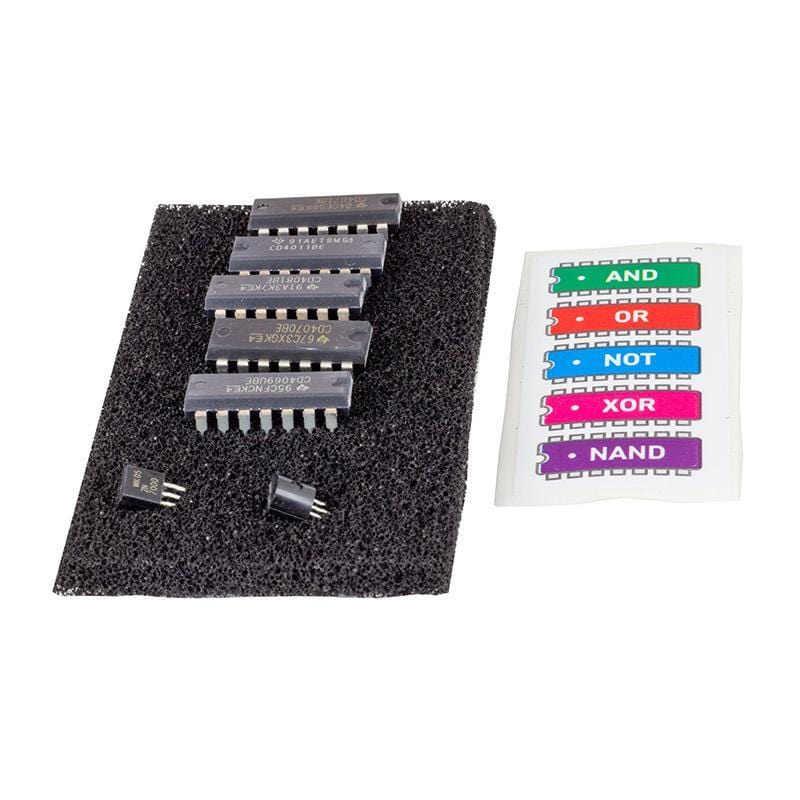
Login / Signup
Cart
Your cart is empty
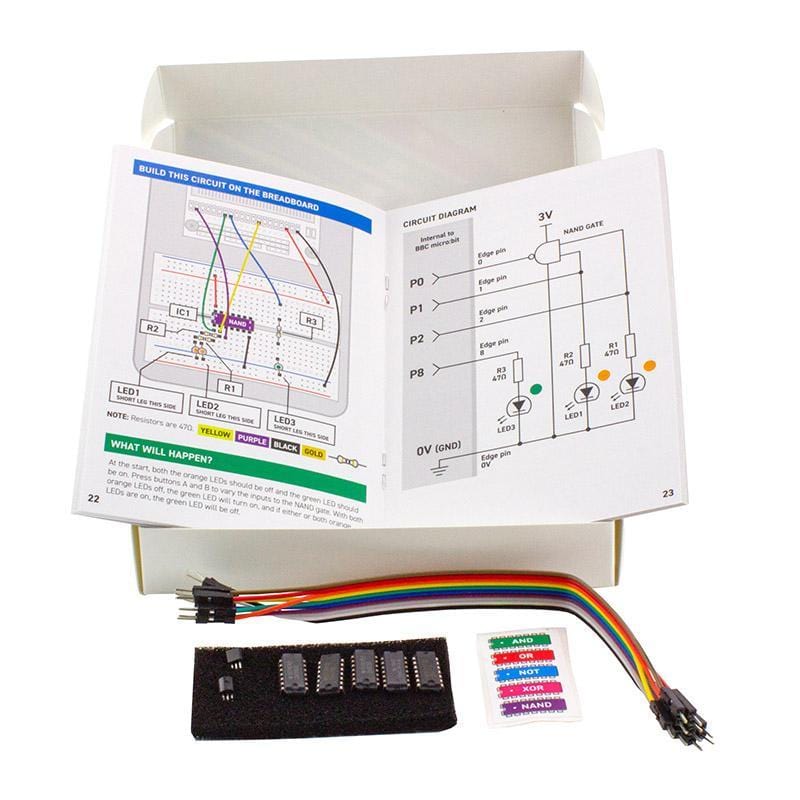
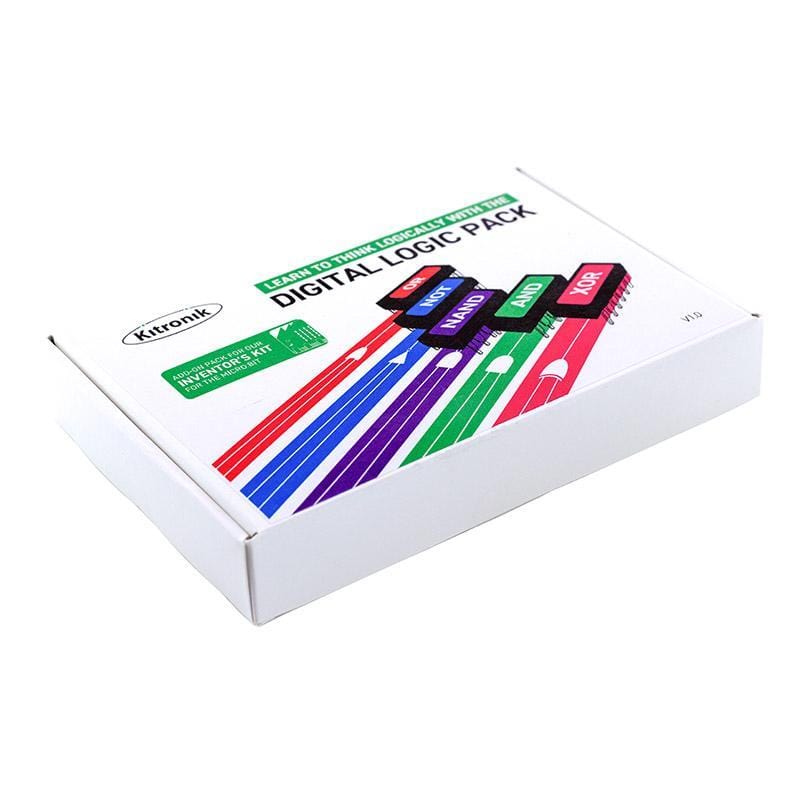
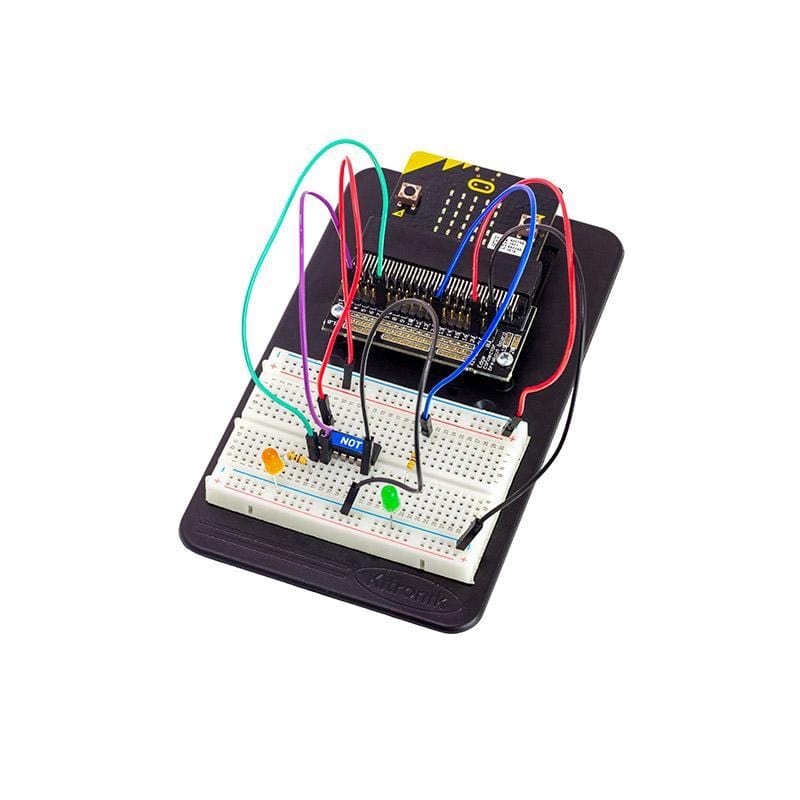
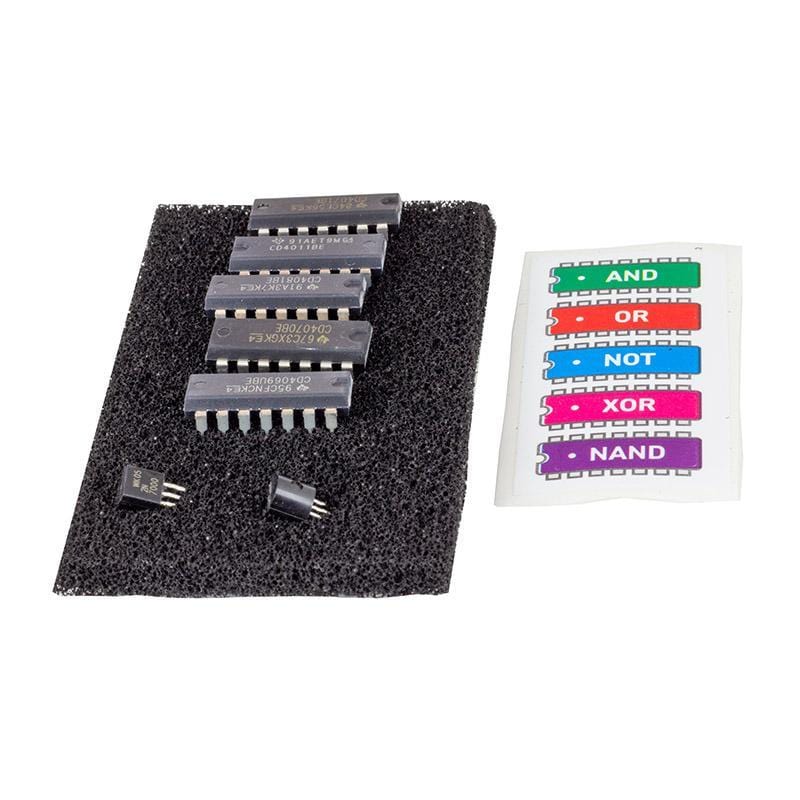
Learn to think logically with the Digital Logic Add-On for the Kitronik Inventor's kit for micro:bit!
This kit, along with the Inventor's kit, serves as an introduction to logic gates and how they can be used in conjunction with the micro:bit. The seven included experiments also cover the Basic Digital Logic curriculum at KS3 (UK Design & Technology curriculum).
Also available: Noise Add-on Pack and the ZIP LED Add-on Pack!
Logic gates are the basic building blocks of digital integrated circuits, the chips found in the majority of electronic products today. Although these experiments explore how individual logic gates work, in chips there could be millions of individual logic gates, depending on the size and complexity of the chip. For example, there are approximately 1.4 billion transistors in a quad-core i7. If we assume that the average gate requires three transistors then that would give approx. 450 million gates.
Included in this kit are 5 IC's, each a different type of logic gate. They are; AND, OR, XOR, NAND, and a NOT Gate. There are also colour coded stickers included, and these colours are used throughout the booklet in the circuit diagrams. The kit also contains 2 x 2N7000 FETs and a pack of 10 male to male jumper wires. Each experiment also makes use of components from our Inventor's kit for micro:bit, often LEDs as they offer a visual and immediate indication of the 'state' of gate inputs and outputs.
The code has been created in the Microsoft MakeCode Editor and the code for each of the experiments can be downloaded from the resources section below. We have also produced Python code examples for each of the experiments, these are also available as a download from the resources section.
Download Notes






